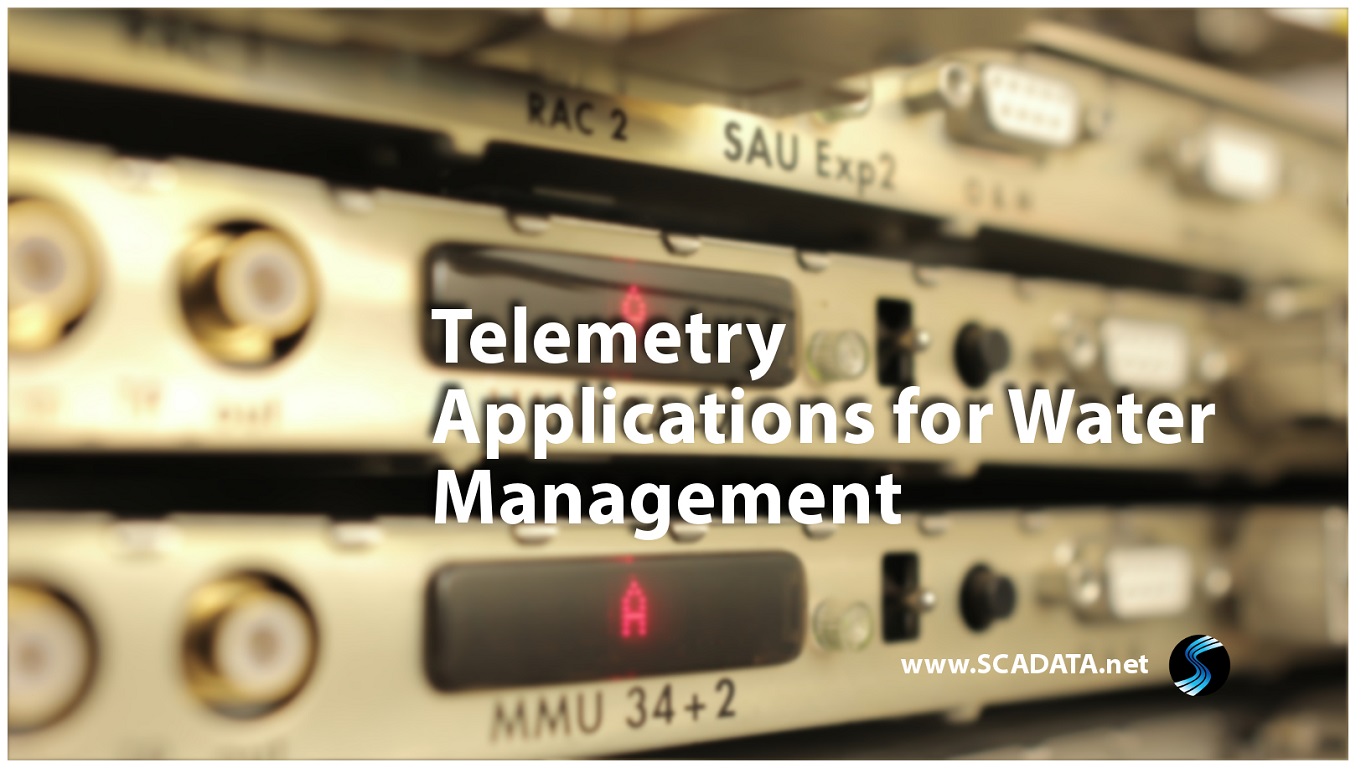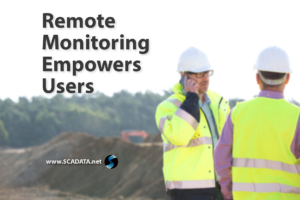We all need water to survive, but too much of it can be deadly�or at the very least, destructive. Because of this, an accurate and reliable monitoring and control system is vital in the field of water management. While the�configuration of these�systems varies�from application to application, most of them rely on something called telemetry.
Telemetry components
Although�telemetry sounds like the name of a superpower, it is nowhere near as complicated.�Telemetry is simply�an automated communications process that allows you to measure and collect data at remote or inaccessible locations. This kind of system is used in a wide range of fields and occupations, from agriculture to healthcare to meteorology. In addition, each application can look different. Sensors and data transmission from a weather balloon is a form of telemetry, and so is the use of patient monitoring devices in a hospital.
Although they can look different in application, each and every telemetry system is made up of four basic parts:
- Sensors are used to measure and collect data in remote locations.
- Devices such as transmitters, RTUs, and PLCs are connected to these sensors so they can submit any collected data to the rest of the telemetry system.
- The communications technologies�found in a system can�use a�wire (e.g. telephone lines)�or utilize�wireless technologies, such as radio or satellite.
- Finally, various applications and software programs allow the data to be turned into useful and accessible information for system users.
Telemetry in water management
Let�s say you run a number of lift stations in your hometown. Those stations are a necessary part of the drainage and sewage�systems for your water management plant. If any of them break down, there could be flooding, sewage backup, or other unforeseen consequences.
These issues are especially problematic during periods of heavy rain, when lift stations can�become overwhelmed with all of the water pouring into the system. Knowing whether your systems are holding up is very important. However,�if you don�t have a monitoring system in place, you�ll have to check each station manually. That takes precious time and�can cost some serious money.
Having a telemetry-based monitoring system in place allows you to check on each lift station without having to go there in person. The sensors you have in place can tell you how high water levels are, as well alerting you to which stations are struggling or in need of immediate repair.
Telemetry systems are utilized in other areas of water management as well, such as sewer management and wastewater plants.�The telemetry is used�to record overflows and time their durations; monitor water treatment processes, pumps, valves, and vents; and measure the inflow and outflow of water.
SCADA monitoring and telemetry
SCADA software systems�receive signals from multiple installations�of telemetry sensors throughout the�water treatment process. The software then displays�that information for the operator to read and interpret. Having a solid SCADA system in place is what connects the user to the telemetry. Check out our�blog on what makes a good SCADA system for additional information.



